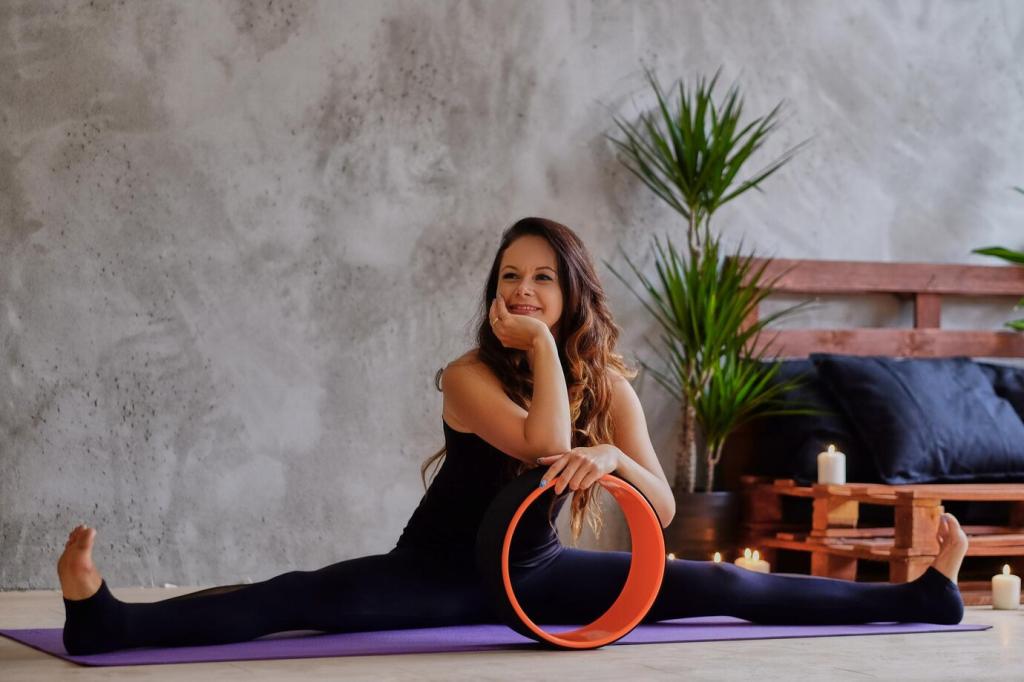
Incorporating Nature: Plants for Minimalist Yoga Spaces
Chosen theme: Incorporating Nature: Plants for Minimalist Yoga Spaces. Welcome to a calm, plant-forward journey where less visual noise makes more room for breath, presence, and mindful movement. Stay with us, share your green corner, and subscribe for weekly inspiration.
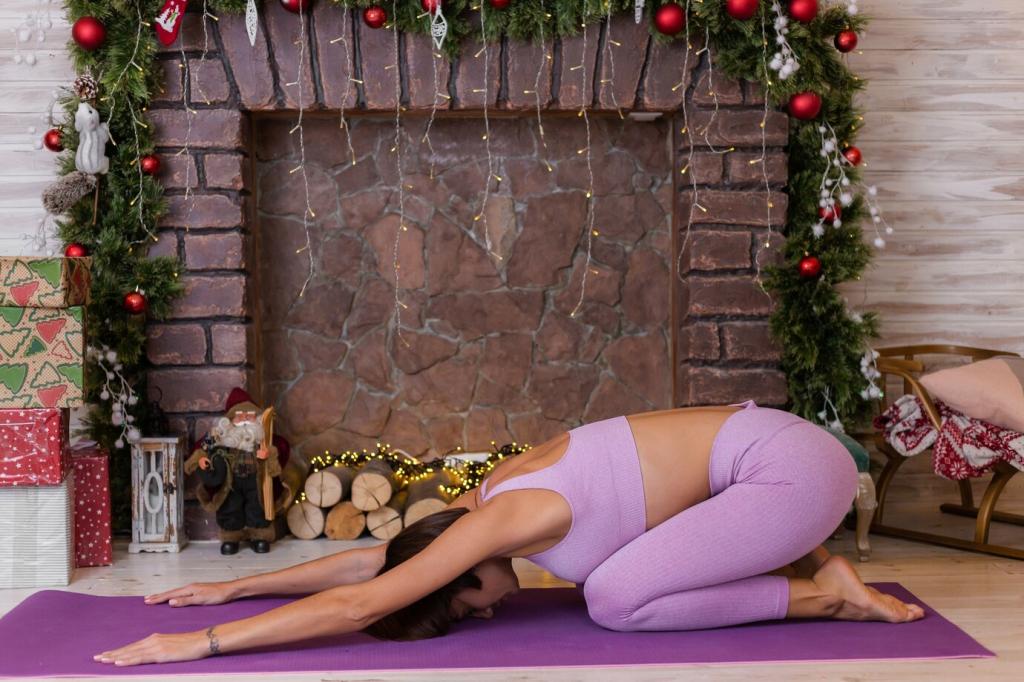
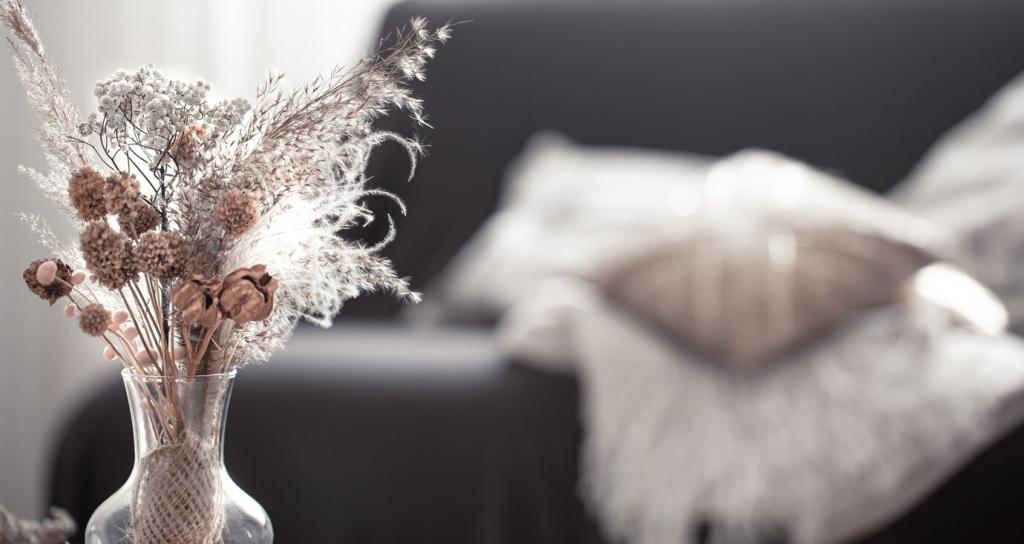
Why Plants Belong in Minimalist Yoga Spaces
A single plant can soften stark lines, invite slower exhales, and anchor attention during seated poses. Subtle humidity from leaves supports comfort, while gentle greens create a visual pause that complements mindful, minimalist practice.
Why Plants Belong in Minimalist Yoga Spaces
Research often links indoor plants with reduced perceived stress and improved mood. In a minimalist yoga space, these benefits are amplified by fewer distractions, letting each leaf’s presence be felt without competing décor or visual noise.
Choosing Plants That Honor Minimalism
Sansevieria stands like a quiet metronome beside the mat, tolerating low light and occasional neglect. Its upright leaves form a disciplined line that mirrors posture cues—lengthen the spine, lift through the crown, breathe upward.
Most minimalist studios rely on diffused light. Place plants where leaves glow softly rather than glare, allowing gentle shadows to fall across the floor and mat, setting an atmosphere of steady presence and grounded focus.
Light, Airflow, and Placement for Quiet Flow
Containers, Palettes, and Materials That Stay Quiet
Matte Neutrals, Honest Textures
Opt for matte ceramic, unglazed terracotta, or limewashed finishes in sand, stone, or chalk tones. These surfaces absorb light rather than shout for it, supporting calm visual rhythms that reinforce your minimalist yoga intentions.
Elevated Without Distraction
Use simple stands in wood or powder-coated steel to lift foliage to eye level, keeping lines clean. Elevation prevents floor clutter, protects from splashes during cleaning, and preserves the quiet geometry of the room.
Sustainable Choices, Lasting Calm
Favor durable materials and timeless shapes so you buy once and keep forever. Minimalism thrives on longevity; well-chosen pots age gracefully and allow your plant, and practice, to deepen over seasons.
Care as a Mindfulness Ritual
Check soil with your fingertips, water slowly, and let excess drain fully. Align watering with weekly intention-setting, turning a simple task into a grounding ritual that trains patience and mindful presence.
Care as a Mindfulness Ritual
Wipe dust gently with a damp cloth to help leaves breathe and shine softly. As you move from leaf to leaf, practice metta—silent wishes for ease, growth, and clarity that echo into your own life.
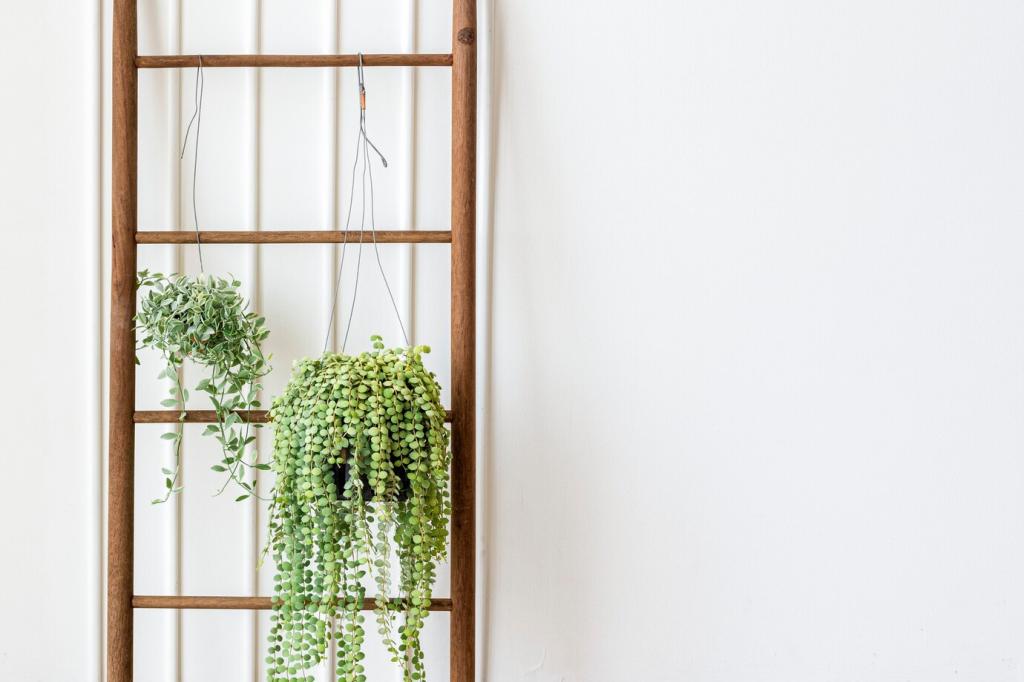
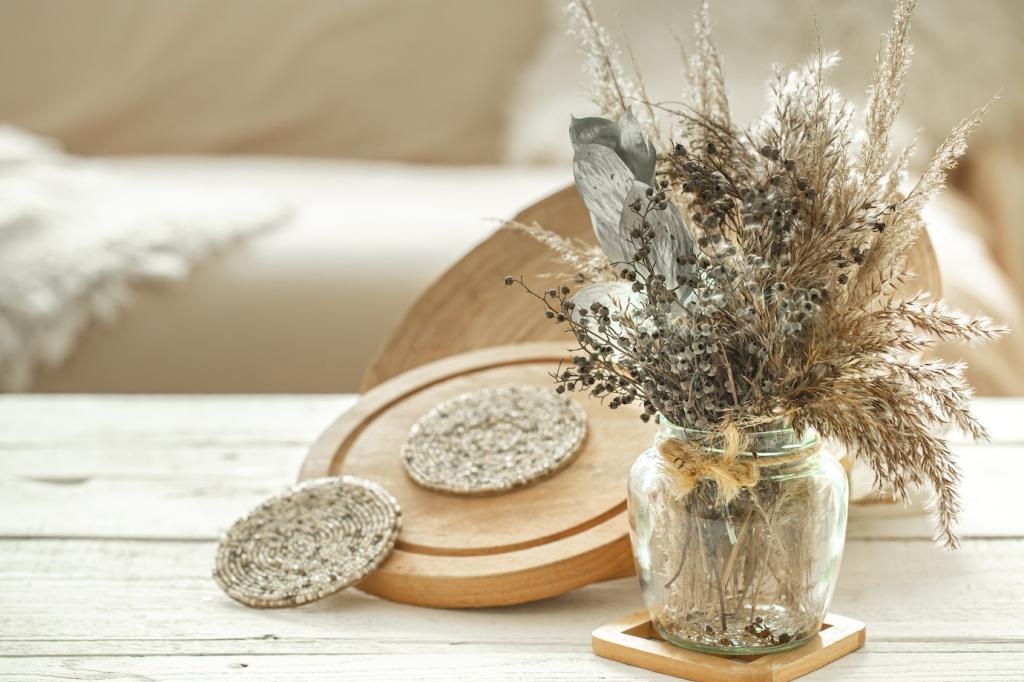
Small Spaces, Big Green Presence
Suspend trailing plants in simple, natural-fiber hangers near indirect light. This preserves unfettered movement on the floor while adding a soft, downward cascade that frames breathing space without interrupting your flow.
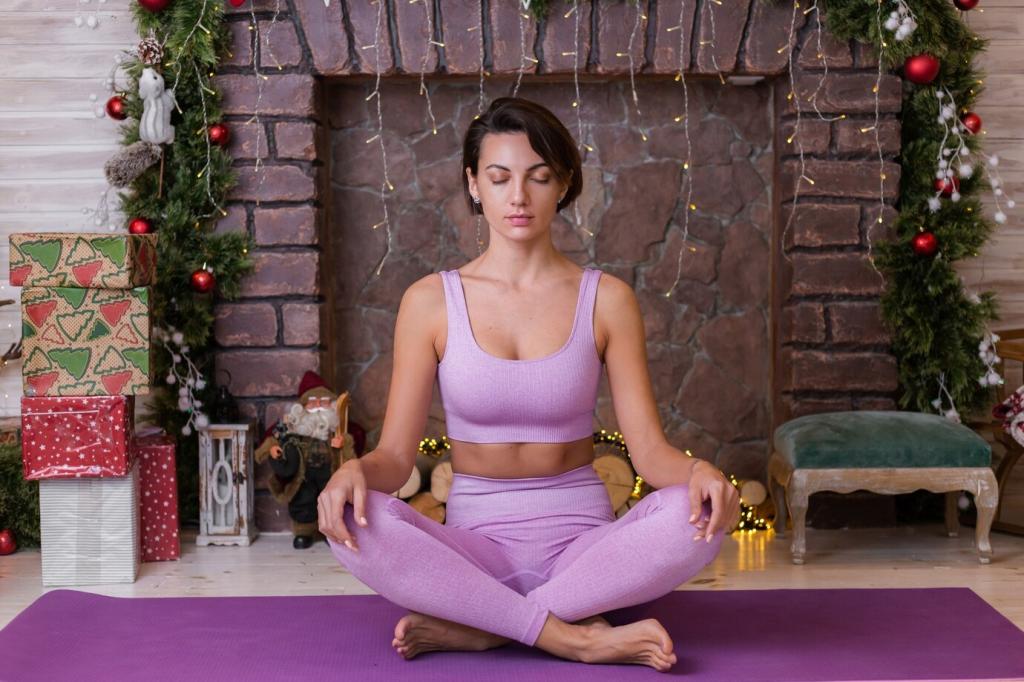
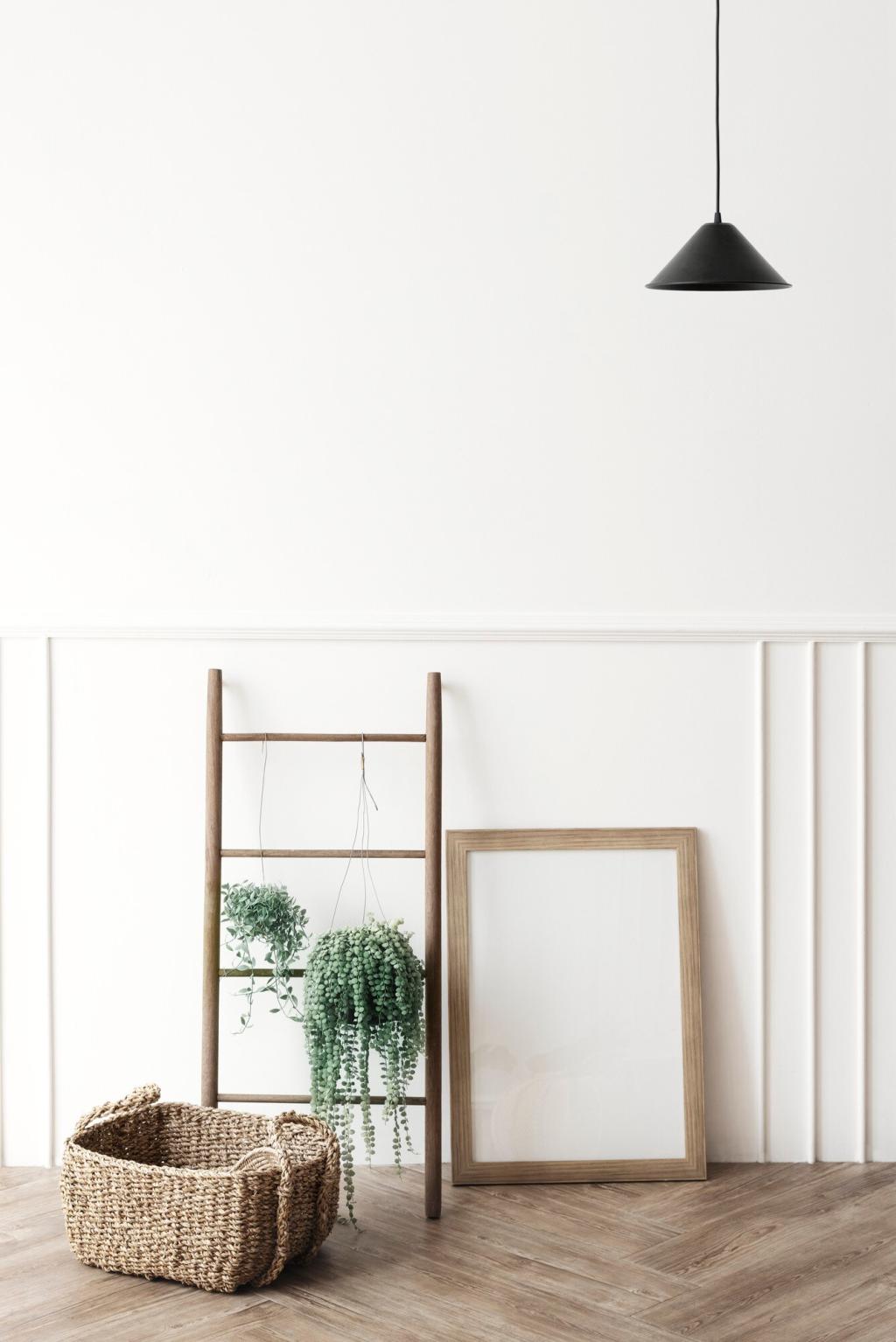
Small Spaces, Big Green Presence
Use slender shelves for petite pots, ensuring sturdy anchors and drip trays. A narrow snake plant beside storage creates a quiet line, proving constraint can breed elegance and intentionality in minimal yoga corners.
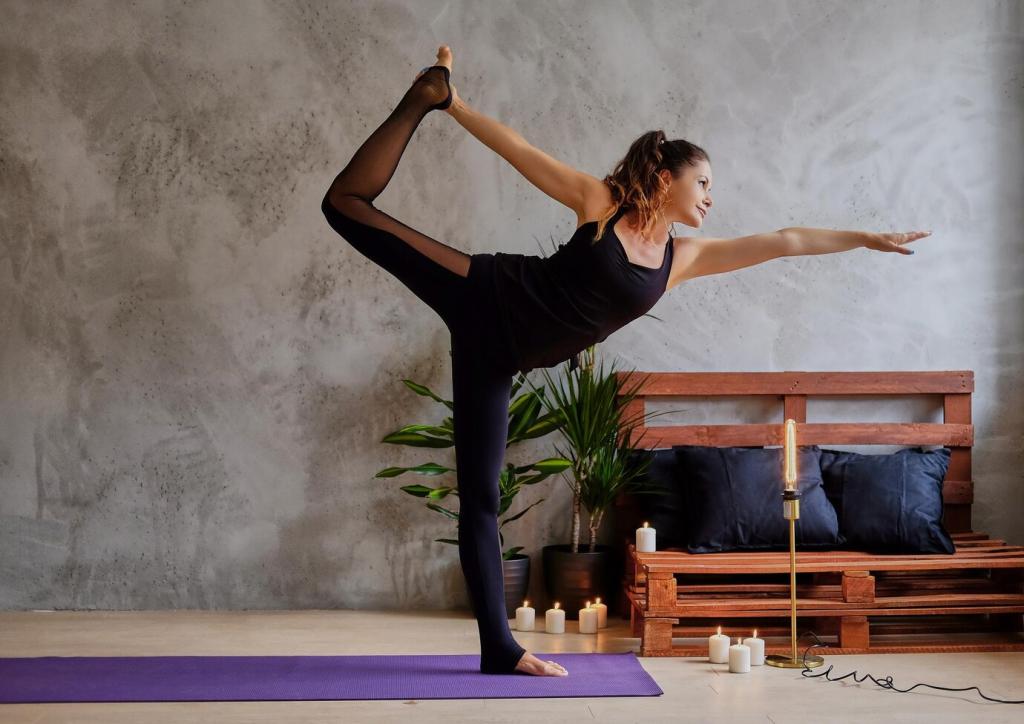
A Morning Breath with a Rubber Tree
During a slow sunrise flow, my gaze met a single rubber leaf catching warm light. That gentle highlight steadied my exhale, inviting a longer hold in warrior and a surprising wave of gratitude.
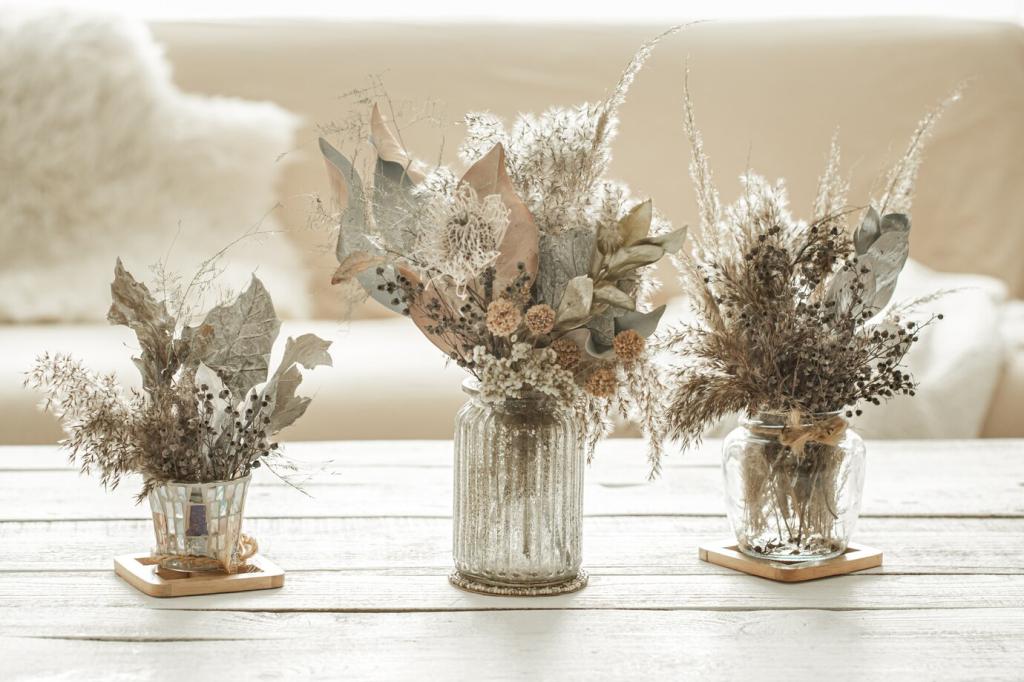
A Student’s Drishti and One Pilea
A reader wrote that one small pilea, centered behind the mat, tamed their wandering mind. The circular leaves became a quiet metronome, guiding inhales and exhales until finishing in the softest savasana.
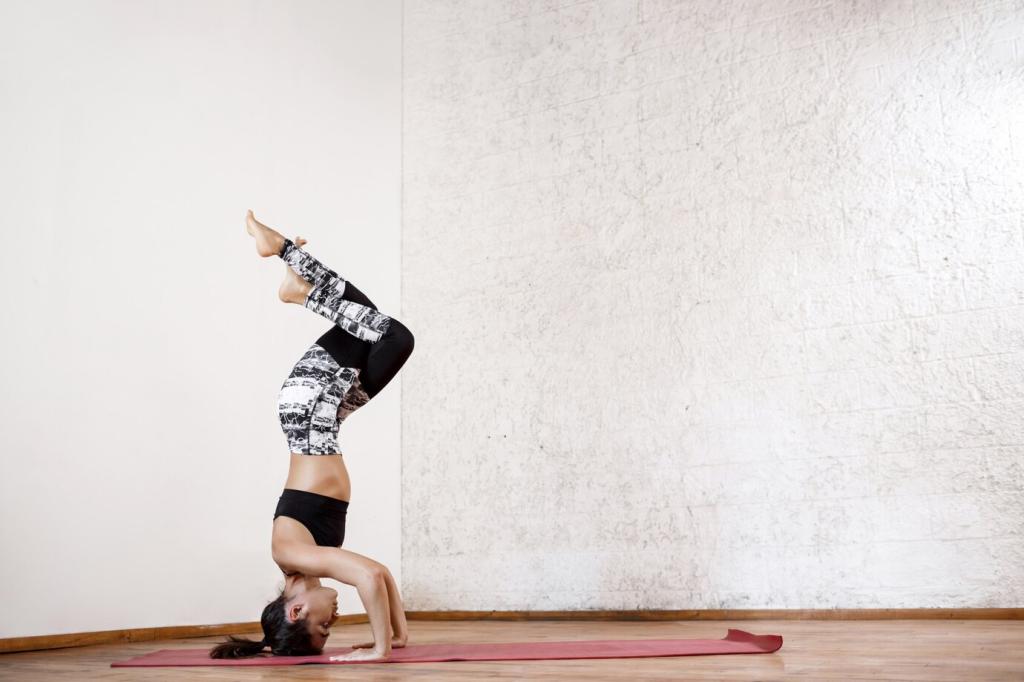
Share Your Quiet Green Corner
We would love to see your minimalist yoga nook with plants. Tell us which species steadies your breath, tag a photo, and subscribe for monthly plant care prompts that align with your practice rhythm.
